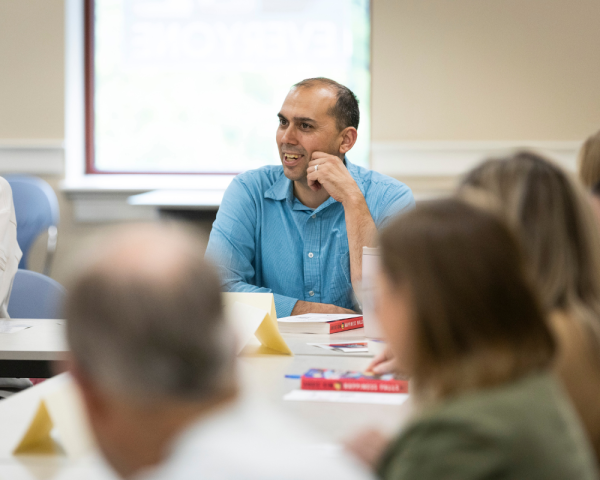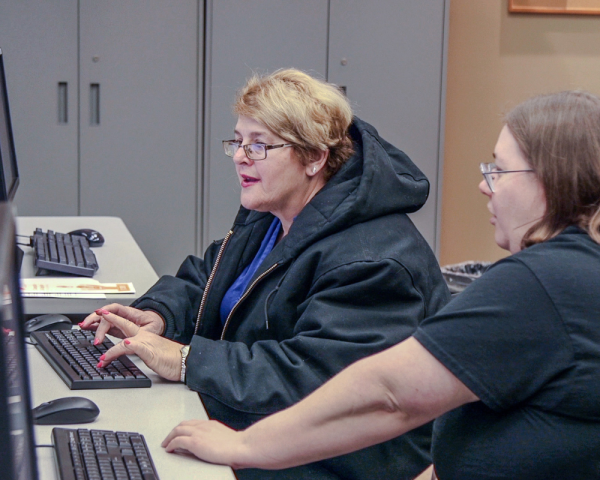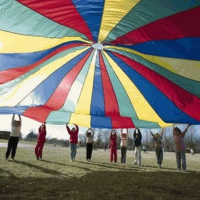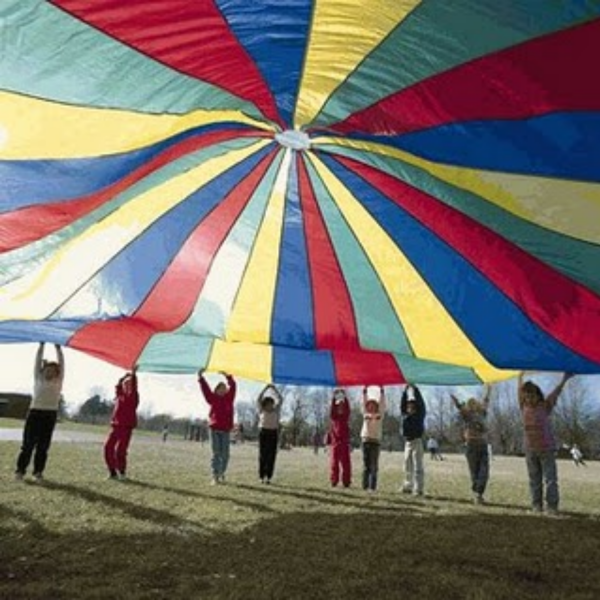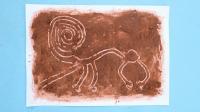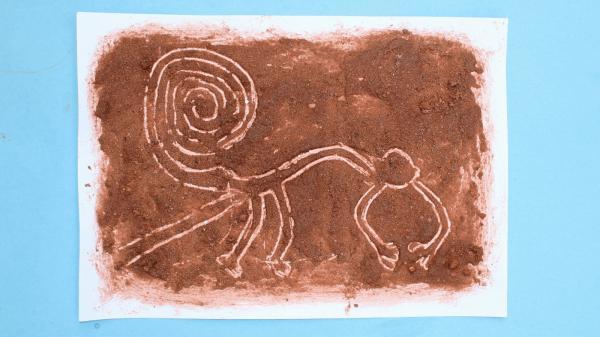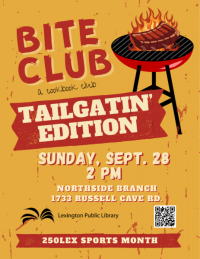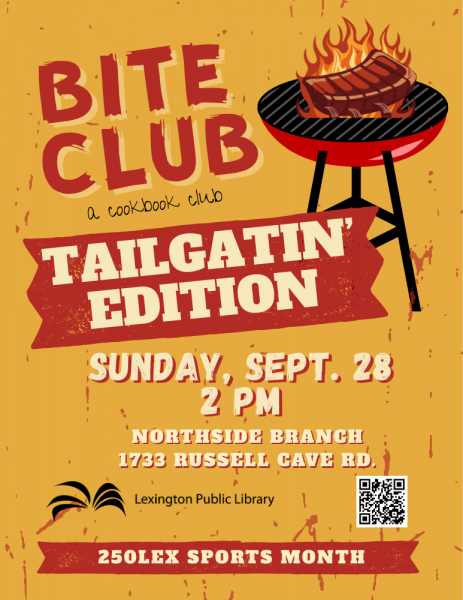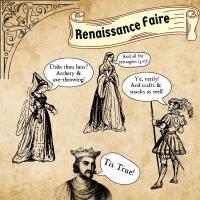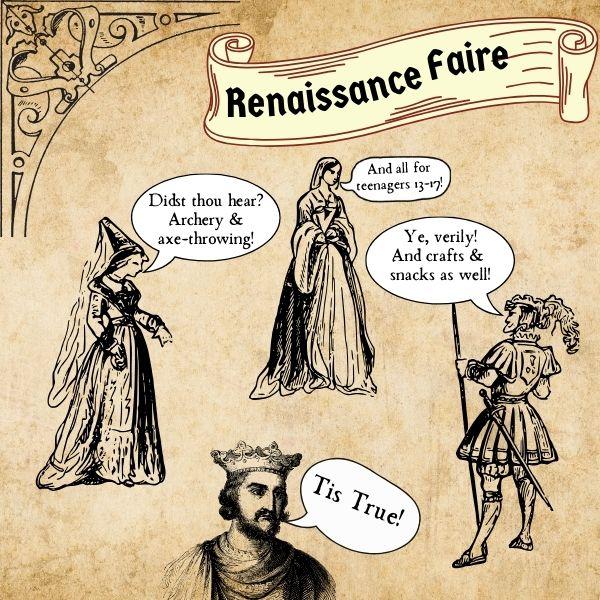

Website Search
Este es un ambiente divertido e informal para practicar y mejorar tu inglés. Participantes de todos los niveles de inglés, son bienvenidos. Tenemos un nuevo tema para cada reunión. Para hispanohablantes.
After hours we'll get out the parachute, the sitting scooters, and more! Ages 13+
Are you interested in enhancing your Spanish speaking abilities? If so, we would like to invite you to our weekly group meeting. Our friendly group is open to everyone who wants to practice speaking Spanish in a supportive and welcoming environment. You will have the opportunity to meet new people who share your interest in the language and culture.
The weekly classes will be informal and guided by a moderator. EVERYONE is welcome - ANY native language, ANY English level. No registration needed. Practica ingles y conoce gente nueva. ¡Todos son bienvenidos! ¡Todos los idiomas, todos los niveles de ingles. Jifunze Kiingereza na kukutana na watu wapya. Kila mtu anakaribishwa!
September is 250Lex Sports Month, so we're celebrating with a "Tailgatin' Edition" of Bite Club! Members can choose a recipe from the cookbooks provided or use their own recipe to contribute a pre-game item. If it's your first time, you can simply come to taste, discuss, and enjoy!
A bounty of wonders await you at the Renaissance Faire! Activities include archery, axe throwing, a variety of craft tables, and a stage combat lesson taught by the wonderful folks of the Kentucky Shakespeare Company. Plus, we'll have free food and drinks! While supplies last.
Join us at Eastside Branch for a 4 week session of a Spanish conversation group designed just for kids! Here, you will be able to practice your Spanish with others, build confidence and strengthen your vocabulary.
The weekly classes will be informal and guided by a moderator. EVERYONE is welcome - ANY native language, ANY English level. No registration needed. Practica ingles y conoce gente nueva. ¡Todos son bienvenidos! ¡Todos los idiomas, todos los niveles de ingles. Jifunze Kiingereza na kukutana na watu wapya. Kila mtu anakaribishwa!
Dining with Diabetes is a nutrition education program designed for people with diabetes and their family members or caregivers.




